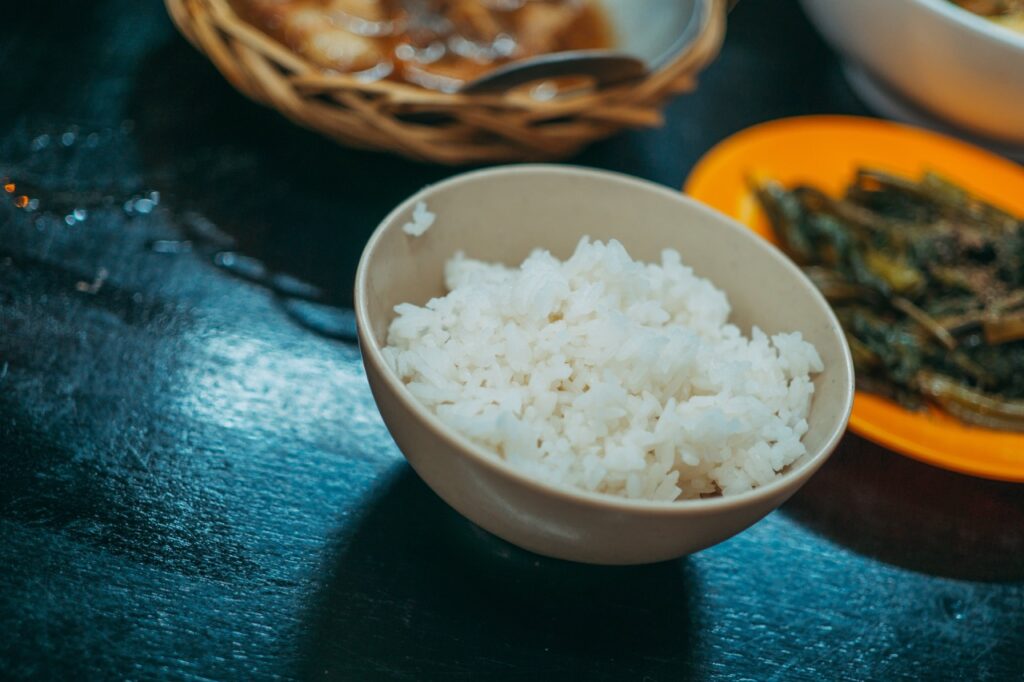Food News & Trends
How to Keep Leftover Rice Fresh and Safe for Later Use
Rice is a popular component in many people’s diets across the world, and it is even consumed at every meal in certain cultures. The versatile grain is a popular side dish, a vital component in meals such as New Orleans-style beans and rice, and may even be sweetened. It’s also great for meal planning since you can prepare a large quantity ahead of time and use it in a variety of meals over a few days.
However, preserving leftover rice might be challenging. Improperly handled leftovers can make you sick, so be cautious and safe while storing those treasured grains. We spoke with a few experts to find out the best method to keep leftover rice safely. First up was JJ Johnson, the chef and rice specialist behind New York City’s rice-centric Fieldtrip restaurants and author of The Simple Art of Rice: Recipes from Around the World for the Heart of Your Table. We also spoke with Candice Christian, MPH, CHES, an Area Specialized Agent for Consumer and Retail Food Safety at North Carolina State University. Here’s what you should know.
The quality and safety of your leftover rice are affected by how it was treated when it was first cooked. “Always let your cooked rice cool completely, uncovered, before refrigerating it; otherwise, the warm rice will trap a lot of moisture in the container and it will spoil faster,” Johnson adds. “You can cool the rice quickly by spreading it out on a sheet pan, then transfer it to an airtight container once cooled.”
That’s good advice, because the FDA says rice should be consumed or refrigerated as soon as possible after cooking. “Ideally as soon as the meal is over,” Christian says. How soon is it? According to the USDA, leftover rice should be refrigerated within two hours of being served. This is a fair rule of thumb with most leftovers, but it’s especially crucial with rice. When cooked rice is kept at room temperature for an extended period of time, dangerous bacteria (particularly Bacillus cereus) rapidly proliferate and produce a toxin that can make you sick.
According to the FoodKeeper app from FoodSafety.gov, once you’ve packed your rice and stored it in the fridge, it will keep for up to four days. Why is there such a limited shelf life? The average refrigerator temperature (41°) is not cold enough to prevent toxin-emitting bacteria from developing completely; rather, it slows them down. As a result, it’s advisable to consume refrigerated rice as soon as possible.
The good news is that cooked rice is fairly freezer-friendly (consider the several frozen rice options at your local Trader Joe’s). Simply place your cooled rice in a freezer-friendly airtight container or heavy-duty freezer bag and freeze. Freezing the rice stops the growth of any microorganisms. “It can be frozen indefinitely and remains safe to eat,” explains Christian. “However, with time, the quality diminishes. She recommends using frozen rice within two to three months for optimal quality.


